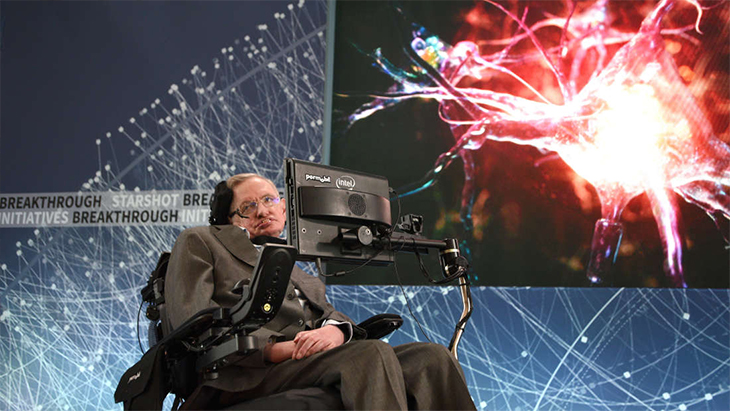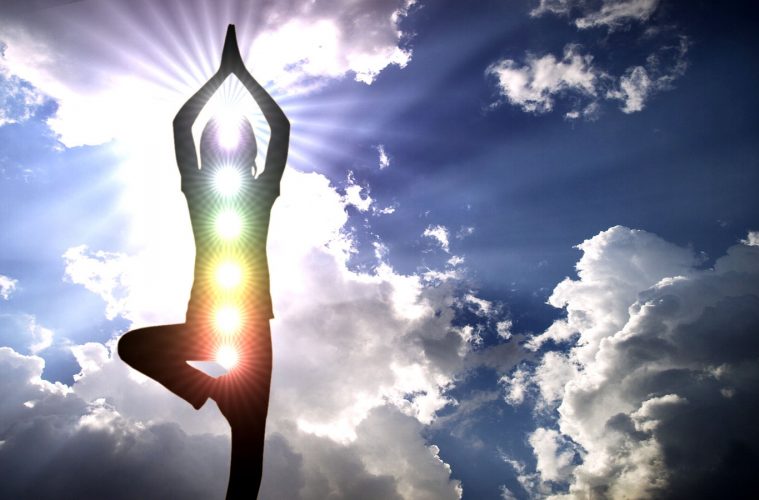In his book titled Living with the Himalayan Masters, Swami Rama Wrote:
“I had never before seen a man who could sit still without blinking his eyelids for eight to ten hours, but this adept was very unusual. He levitated two and a half feet during his meditations. We measured this with a string, which was later measured by a foot rule. I would like to make it clear, though, as I have already told you, that I don’t consider levitation to be a spiritual practice. It is an advanced practice of pranayama with application of bandeaus (locks). One who knows about the relationship between mass and weight understands that it is possible to levitate, but only after long practice. . .
He (also) had the power to transform matter into different forms, like changing a rock into a sugar cube. One after another the next morning he did many such things. He told me to touch the sand – and the grains of sand turned into almonds and cashews. I had heard of this science before and knew its basic principles, but I had hardly believed such stories. I did not explore this field, but I am fully acquainted with the governing laws of science. (source)”
Many ancient teachings tell us that humans have the capacity to gain extraordinary powers through various techniques. Some of these techniques, known as siddhis in the yoga tradition (from the Sanskrit, meaning “perfection”), include meditation, static dancing, drumming, praying, fasting, psychedelics, and more.
In Buddhism, for example, the existence of advanced powers is readily acknowledged; in fact, Buddha expected his disciples to be able to attain these abilities, but also to not become distracted by them.
A Professor of Buddhist and Tibetan Studies at the University of Michigan, Donald Lopez Jr., describes the many abilities ascribed to Buddha:
With this enlightenment, he was believed to possess all manner of supernormal powers, including full knowledge of each of his own past lives and those of other beings, the ability to know others’ thoughts, the ability to create doubles of himself, the ability to rise into the air and simultaneously shoot fire and water from his body. . . . Although he passed into nirvana at the age of eighty-one, he could have lived “for an aeon or until the end of the aeon” if only he had been asked to do so. (source)
Today, there have been a number of studies within the realms of parapsychology that have yielded statistically significant results.
For a selected list of downloadable peer-reviewed journal articles reporting studies of psychic phenomena, mostly published in the 21st century, you can click HERE.
Harvard And The Himalayan Monks
Harvard Professor of Medicine Herbert Benson and his team of researchers studies monks living in the Himalayan Mountains who were able to raise the temperatures of their fingers and toes by as much as 17 degrees. It is still unknown how the monks are able to generate such heat. (source)
the researchers also studied advanced meditators in Sikkim, India, where they were astonished to find that these monks could lower their metabolism by 64 percent.(source)
In 1985, the Harvard research team made a video of monks drying cold, wet sheets with body heat alone. Monks spending winter nights 15,000 feet high in the Himalayas is also not uncommon.
These are truly remarkable feats, and not the first time science has examined humans who can do extraordinary things. We published an article a couple of months ago showing that factors associated with consciousness can influence our autonomic nervous system. You can read more about that in the article linked below, as it is heavily sourced and provides links to several papers that clearly indicate how factors associated with consciousness can influence our biology.
Study: Factors Associated With Consciousness Can Influence Our Autonomic Nervous System
If you’re further interested in this subject, I recommend reading Supernormal: Science, Yoga, and the Evidence for Extraordinary Psychic Abilities by Dr. Dean Radin, Chief Scientist at the Institute of Noetic Sciences.




